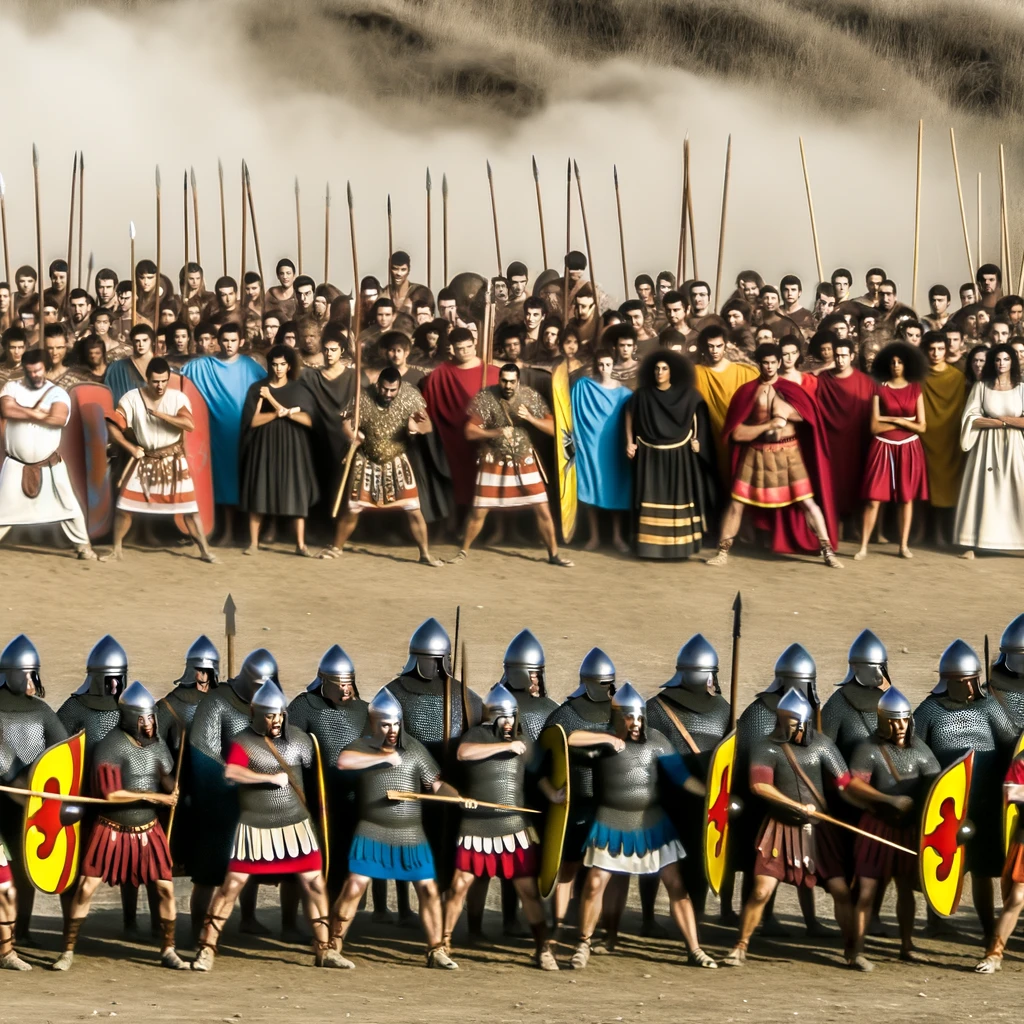
The Art of War: Strategic Lessons from History's Greatest Battles
The study of warfare is as old as civilization itself. From the ancient fields of Marathon to the modern theatres of World War II, the greatest battles in history have left us with invaluable strategic lessons. These lessons have not only shaped military tactics but also influenced political, economic, and social landscapes across the globe.
The Importance of Strategy in Warfare
At its core, strategy in warfare is about planning and directing large-scale military operations to achieve a specific objective. The effectiveness of a strategy is often judged by its ability to adapt to changing circumstances and its foresight in anticipating the enemy's moves.
Sun Tzu and The Art of War
One of the most influential texts on military strategy is Sun Tzu's The Art of War, written in the 5th century BC. Sun Tzu emphasized the importance of intelligence, deception, and flexibility in warfare. His teachings suggest that the greatest victory is the one achieved without fighting, underscoring the power of strategy over brute force.
Case Studies of Iconic Battles
The Battle of Marathon (490 BC)
The Battle of Marathon is a classic example of strategic prowess against overwhelming odds. The Athenian general Miltiades used the geographical terrain to his advantage, implementing a tactical feigned retreat that lured the Persian forces into a vulnerable position, leading to a decisive Greek victory.
The Battle of Hastings (1066)
The Battle of Hastings marked the beginning of Norman rule in England. William the Conqueror's strategic use of cavalry and archers, combined with his ability to exploit the weaknesses in the English shield wall, demonstrated the importance of combined arms tactics.
The Battle of Stalingrad (1942-1943)
One of the turning points of World War II, the Battle of Stalingrad, was a testament to the strategic importance of logistics and morale. The Soviet forces, under General Zhukov, encircled and defeated the German 6th Army, showcasing the effectiveness of urban warfare and attrition tactics.
The Evolution of Warfare Tactics
As technology and society have evolved, so too have the tactics and strategies of warfare. The introduction of gunpowder, the mechanization of armies, and the advent of nuclear weapons have all brought about significant changes in military strategy.
Modern Warfare and Strategy
In the modern era, warfare has become increasingly complex, involving cyber operations, unmanned systems, and precision-guided munitions. The principles of strategic surprise, psychological operations, and the integration of intelligence continue to play crucial roles.
Lessons for Today
The strategic lessons from history's greatest battles remain relevant today, not only for military leaders but also for business and political strategists. The ability to adapt, understand the adversary, and leverage available resources is as critical in boardrooms as it is on the battlefield.
Conclusion
The art of war is not just about conflict; it is about understanding and influencing the dynamics of power and decision-making. By studying historical battles, we gain insights into effective leadership, strategic planning, and the timeless human elements that underpin all forms of competition and conflict.
Related Articles





